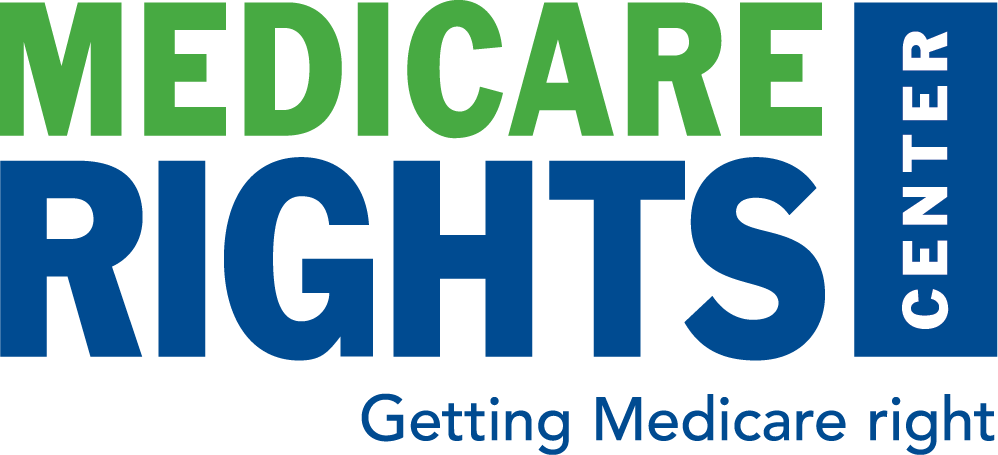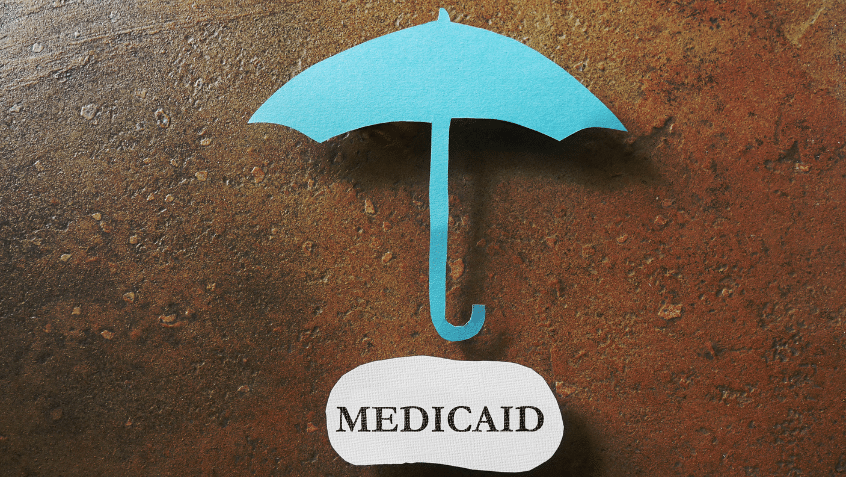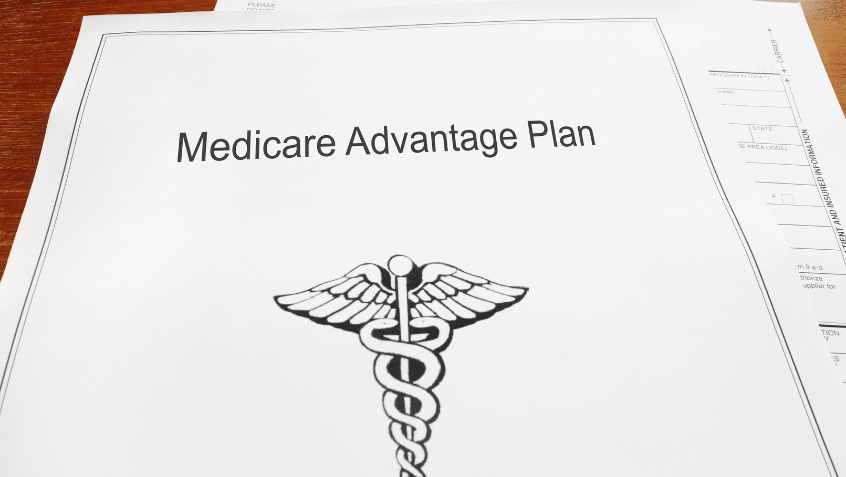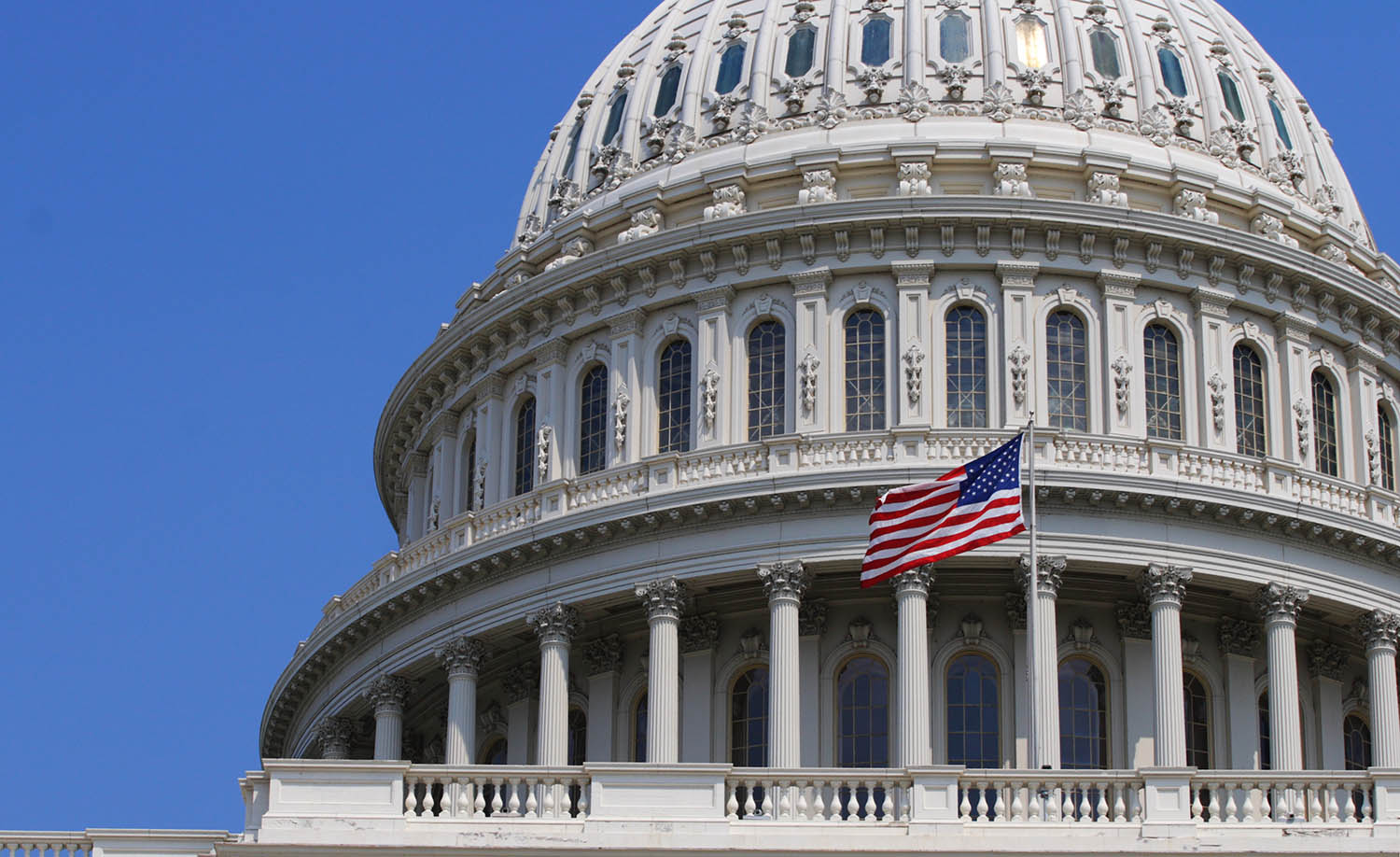
[x_blockquote cite=”Toshio (Philadelphia, PA)” type=”left”]Dear Marci,
I recently enrolled in premium-free Part A, but learned that I will have to pay a premium for Part B. Could I get some information on Medicare Savings Programs, which I’m told would cover my Part B premium?
[/x_blockquote]
Dear Toshio,
The Medicare Savings Programs (MSPs), also known as Medicare Buy-In programs, are state programs that assist you with paying your Medicare costs. The names of these programs may vary by state. MSPs are not available in Puerto Rico and the U.S. Virgin Islands. The programs include premiums, deductibles, coinsurance charges, and copayments. There are three MSPs, each with different federal income and asset eligibility limits. States can raise these limits to be more generous, which allows more people to qualify for the benefits. All three MSPs cover your Part B premium, which means your monthly Social Security check will increase by the amount you currently pay for your Part B premium if you qualify for and enroll in one of these programs.
- Qualifying Individual (QI): QI pays for your Part B premium and provides three months retroactive Part B premium reimbursement from the month of application. Note: you cannot have Medicaid and QI.
- Specified Low-Income Medicare Beneficiary (SLMB): SLMB pays for your Part B premium and provides three month retroactive Part B premium reimbursement from the month of application. Note: you can have Medicaid and SLMB.
- Qualified Medicare Beneficiary (QMB): QMB pays for your Part B premium and Medicare deductibles, coinsurance charges, and copayments. If you have a Medicare Advantage Plan, QMB pays for your plan’s cost sharing. The program also pays for your Part A premium if you do not qualify for premium-free Part A. It does not provide three months retroactive Part B premium reimbursements; benefits start the first of the month after the month you are approved for the program. Note: you can have Medicaid and QMB, but you cannot buy a Medigap once you are enrolled in QMB.
To verify your eligibility, a State Health Insurance Assistance Program (SHIP) counselor can work with you to see if you meet the income and asset limits in your state. To apply for an MSP, you will need to apply to your local Medicaid office or other state agency that receives MSP applications. You or a SHIP counselor can contact the local Medicaid office to learn how to apply. Many states allow you to submit your application online, through the mail, and/or through community-based organizations. Some states may require that you schedule an appointment and go in person to the Medicaid office to apply.
You will need to gather documentation for the application. The list of needed documents varies by state. Some examples of required documentation are:
- Social Security card
- Medicare card
- Birth certificate, passport, or green card
- Proof of address, such as a utility bill
- Proof of income, such as a Social Security Administration award letter, pay stub, or income tax return
- Information about assets, such as bank statements or life insurance policies
You should make a copy of the application before submitting it. Once you have applied, your state Medicaid program should send you a notice within about 45 days to let you know if your application was approved or denied. If you are approved for the MSP, you should begin to receive benefits on the date listed on the notice you receive. If there are any issues with your benefit, or if you have not received any decision from your state within 45 days, you should contact the Medicaid office where you applied. Contact your SHIP with any questions about applying. Good luck, Toshio.
– Marci
The Latest
Most Read
Add Medicare to Your Inbox
Sign up to receive Medicare news, policy developments, and other useful updates from the Medicare Rights.









